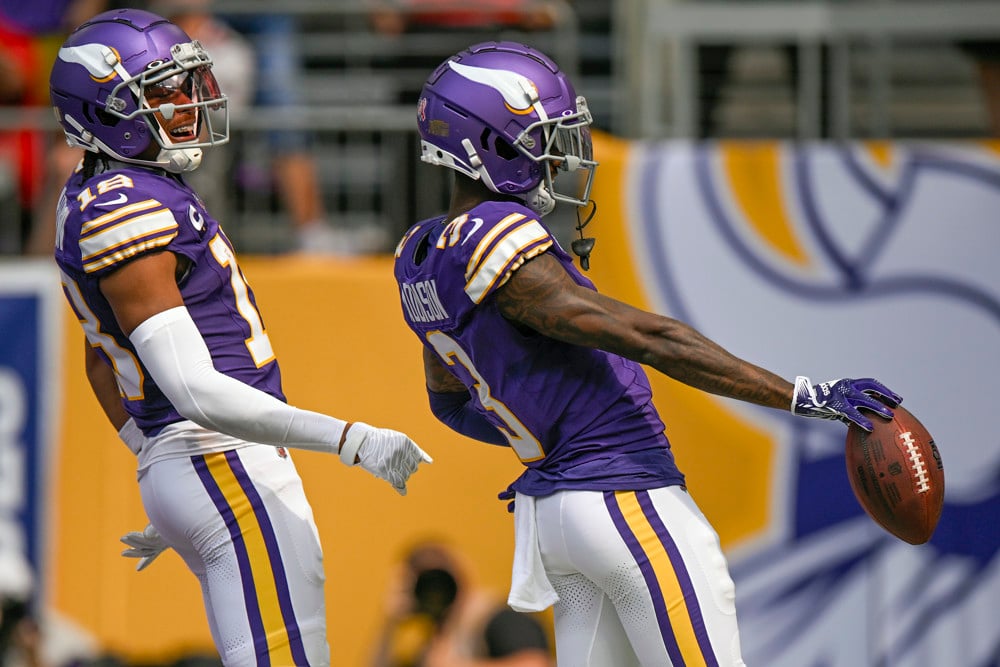What is PROE?
PROE stands for Pass Rate Over Expectation. The site nflfastR hosts a repository for play-by-play data going back to 1999, and for each offensive play since 2006, they provide an “xpass”. Xpass is the probability of a called pass play (dropback) on that particular play, and scrambles are counted as a called pass play. This probability is determined by a variety of factors taking into account game context — down, distance, time remaining, yard line, score differential, etc.
A team’s PROE is their actual called pass rate minus their expected pass rate, determined using the xpass of each play. In some ways, this is a better measure of team intent than situation-neutral or early-down pass rates because we are able to increase the sample size by not excluding plays and account for the granular context of each play.
Why is PROE useful?
There are two major factors that determine a team’s future pass rate: game script and PROE. While game script can be difficult to predict and is volatile, PROE is a bit more stable. Thus, an understanding of each team’s PROE can often be a better indicator of how aggressive they will be in the passing game in the future, since their past actual pass rate may be skewed by volatile or extreme game scripts. Of course, attempting to combine future anticipated game script along with team aggressiveness (PROE) gives us our best chance at predicting a team’s future pass rate, which has plenty of fantasy implications.
The following table contains the following columns:
- Pass Rate (the number of called passing plays (aka Dropbacks) divided by the total number of offensive plays)
- PROE (a team’s PROE on all plays over the course of the season)
- PROE Neutral (a team’s PROE on all plays in neutral situations over the course of the season)
- “Neutral” here means the following play types are excluded: special teams plays, spikes, kneels, final 2min of each half, blowouts, and fluky plays (e.g., fumbled snap)
- PROE Red Zone (a team’s PROE on red-zone plays over the course of the season).
- This can be helpful in predicting a team’s future pass:rush TD ratio, but keep in mind the sample sizes are much smaller when looking at only these plays.
- PROE Last 4 Games (a team’s PROE on all plays over their last four games only)


